Gandhinagar / Ahmedabad, October 7, 2025 — In a grand statewide initiative, the Gujarat government today launched “Vikas Saptah” (Development Week), a nine-day campaign spanning October 7 to 15, to commemorate 24 years since October 7, 2001 — the date when Narendra Modi first assumed office as Gujarat’s Chief Minister. The week will include a flurry of public outreach, project inaugurations, exhibitions, youth programs, and coordinated events across all 34 districts. The move is intended to spotlight Gujarat’s governance trajectory, draw public engagement, and set the spotlight on flagship schemes as the state enters the festive season.
Rushikesh Patel, the state’s health minister and government spokesperson, announced the schedule and framework in a press briefing, noting that the state would leverage thematic days involving 10 departments, public pledges, exhibitions at Sabarmati Riverfront, and youth brainstorming sessions in Vadodara and Ahmedabad.
What Is Vikas Saptah? Origins, Purpose & Themes
Historical Context & Significance
October 7, 2001 marks a milestone in Gujarat’s modern political narrative—when Narendra Modi first took office as Chief Minister. Over the last 24 years, successive governments have leaned heavily on Gujarat’s “model state” branding, promoting industrial policy, infrastructure growth, social schemes, urban renewal, and investor summits. Vikas Saptah is designed as both commemoration and a strategic branding exercise—to underscore continuity in development, governance outreach, and public engagement.
The 2025 edition leverages this anniversary as a narrative pivot: beyond ceremonial symbolism, the state seeks to showcase current achievements, deepen citizen participation, and reinforce the “Gujarat Model” messaging ahead of upcoming political cycles.
Structure & Thematic Days
According to official statements, Vikas Saptah will mobilize 10 government departments, each assigned theme days across the week. Proposed activities include:
- Exhibitions of flagship schemes at Sabarmati Riverfront, Ahmedabad
- Online quizzes, essay competitions in schools and colleges
- Lecture series, foot marches, cultural programs (Namotsav) in key public spaces
- A podcast with cricketers Hardik Pandya and Tilak Verma to engage youth
- In Vadodara, a brainstorming session with over 1,000 students focused on Gujarat@2047 vision Statewide pledge events (Bharat Vikas Pratigya) in collectorates, offices, schools / colleges
- On October 15, a state-level ceremony at Mahatma Mandir, Gandhinagar, launching projects worth ₹3,326 crore ranging from ₹1 crore to ₹25 crore
- Employment fairs, placement letters for youth, provisional offer letters for ITI students, MOUs for ITI upgrades
- Urban development projects, “Swadeshi Fair” shopping festivals, public art installations using recycled materials, wall murals in municipal areas
- Agricultural development / Rabi Krishi Mahotsav programs: crop seminars, livestock fairs, demonstrations, etc.
The objective is twofold: showcase developmental outcomes district by district, and engage citizens, especially youth, in the conversation on Gujarat’s next leg of growth.
Statewide Mobilization & Public Participation
To ensure widespread involvement, government orders instruct:
- All departments, district collectors, schools, colleges to organize events, pledge ceremonies, and awareness programs.
- Public participation via MyGov portal—citizens can take the Vikas Pratigya (pledge) online.
- Cooperative sector involvement: One crore postcards to be sent by cooperative institutions across the state, expressing gratitude to PM Modi and highlighting gains from GST reforms and cooperative schemes.
In Ahmedabad, exhibitions, quiz contests, lecture streaks and cultural events form the hub. In Vadodara, student brainstorming on Gujarat@2047 is designed to connect the vision with grassroots voices.
Hackathon 2025 under SSIP (Student Startup & Innovation Policy) is also aligned with Vikas Saptah: Gujarat’s Knowledge Society will host a statewide hackathon focused on industrial and social challenges, expecting strong student participation.
Project Pipelines, Infrastructure & Schemes Under Spotlight
One highlight is the ₹3,326 crore project launch scheduled for October 15, scattered across districts with works costing between ₹1 crore and ₹25 crore. This suggests a push for visible, localized infrastructure investment—roads, community assets, public amenities.
In the agriculture domain, on October 14, programmes under Rabi Krishi Mahotsav will include farmer seminars, technology showcases, livestock health camps, and interactive stalls for modern inputs.
Urban development days (Oct 12–13) will see the inauguration or foundation-laying of municipal works, recycled-material public art, city beautification drives, and wall-painting contests in municipal corporations.
The government also plans significant student engagement: Hackathon, quiz competitions, webinars, lecture series, and new study centers under the Swami Vivekananda Competitive Examination scheme.
Departmental directives emphasize impact dashboards, real-time progress metrics, media outreach, and transparent display of scheme performance during the week. (In news summary, officials said impact dashboards will be showcased.)
Political & Policy Dimensions
Strategic Timing & Messaging
Vikas Saptah is more than festivity—it’s political positioning. By choosing the 24-year milestone of Modi’s CM tenure, the narrative ties state governance to the national leadership trajectory. The weeks ahead are crucial politically, especially as voters digest development claims and comparisons.
Opposition Responses & Accountability
Opposition parties have historically questioned top-line metrics, employment growth, and social equality. They may demand disaggregated data: How many jobs were created? How many households benefited? How equitable was growth across regions and castes?
The state administration, aware of critique risk, has preemptively promised transparency via dashboards, scheme impact summaries, and data visibility.
Governance & Sustainability
To sustain the momentum of Vikas Saptah, Gujarat will need to embed some practices:
- Institutionalizing regular citizen feedback loops
- Mandating maintenance on newly launched works
- Keeping monitoring a part of departmental cycles
- Evaluating cost-benefit and avoiding populist overreach
If Vikas Saptah is treated as a photo op alone, its effect may fade. But if it reinforces outcome-driven governance, it may recast public expectations.
Opportunities & Risks
Opportunities
- Public morale uplift: Citizens see direct launches and local upgrades.
- Youth engagement: Themes like hackathons and brainstorming tie governance with the aspirations of younger demographics.
- Narrative reinforcement: Gujarat can brand itself as proactive, citizen-friendly, forward-looking.
- District-level visibility: Local MLAs, collectors, and public offices gain relevance when flagship schemes land locally.
Risks & Pitfalls
- Overpromising, underdelivering: If projects stall, public backlash could intensify.
- Uneven benefits: If urban areas get more attention than rural or remote ones, perceptions of bias will arise.
- Logistics & coordination challenges: Some departments may lag in readiness, diminishing the spectacle.
- Political hijack: Critics may interpret the week as campaign optics rather than governance commitment.
Voices & Expectations from Ground
- A local official in Surat told media: “We have mobilized staff for cultural programs, scheme fairs, and exhibitions in markets. People expect small but visible improvements—street lights, public toilets, community centers.”
- A student in Vadodara, slated for the brainstorming event, said: “We hope this isn’t just talk. We want follow-up: better transit, more lab resources, internships.”
- Opposition voices argue that the week’s success will be judged on jobs, incomes, and social inclusion, not just inaugurations.
What to Watch Daily During the Week
- The thematic schedule—which department leads which day.
- Live project inauguration maps—which districts are seeing new works.
- Youth events — turnout in hackathons, lectures, quizzes.
- Dashboards and real-time data displays on scheme reach, fund utilization.
- Media coverage and critical reportage—especially in districts less favored historically.
- Any slippages, delayed inaugurations, or recalibrations in schedule.
- Follow-up mechanisms announced near or after October 15.
Wider Significance: Gujarat as a Model State
Gujarat, over decades, has crafted a narrative of industrial growth, infrastructure, investor summits (Vibrant Gujarat), and a “Gujarat Model” brand. Vikas Saptah is part of that narrative extension—reinforcing continuity, modern branding, developmental outreach—and potentially raising the bar for state governance in India.
If successful, it could prompt other states to adopt similar development weeks, making governance more visible and participatory.
#Gujarat #VikasSaptah #Governance #Development #GujaratModel
#CitizenEngagement #StateProjects #YouthParticipation #Infrastructure








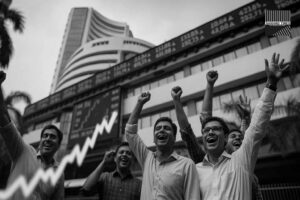


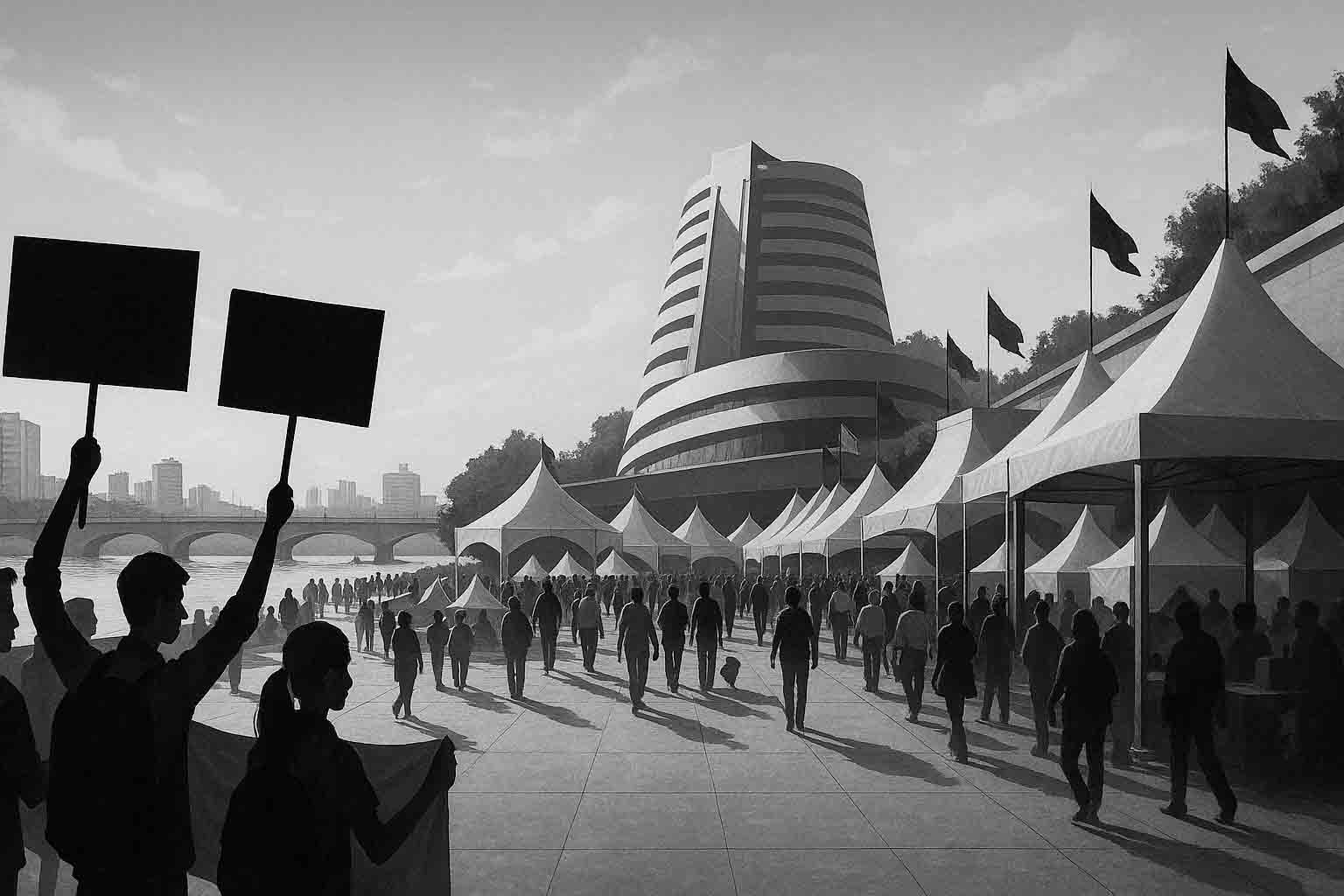
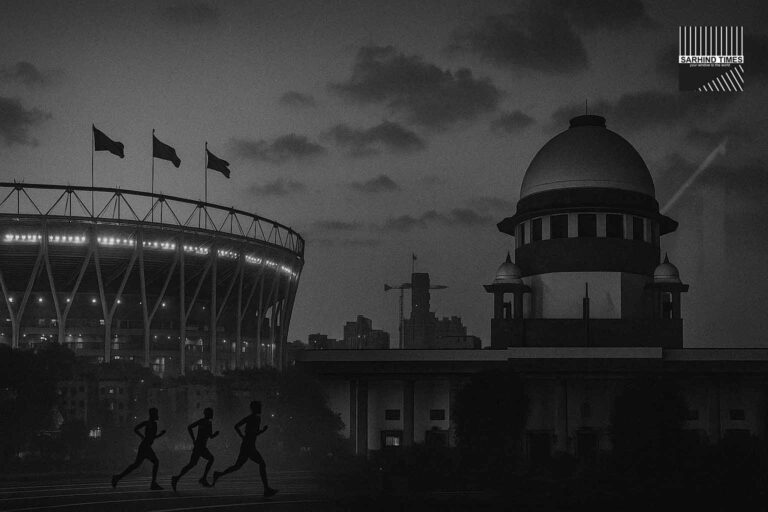
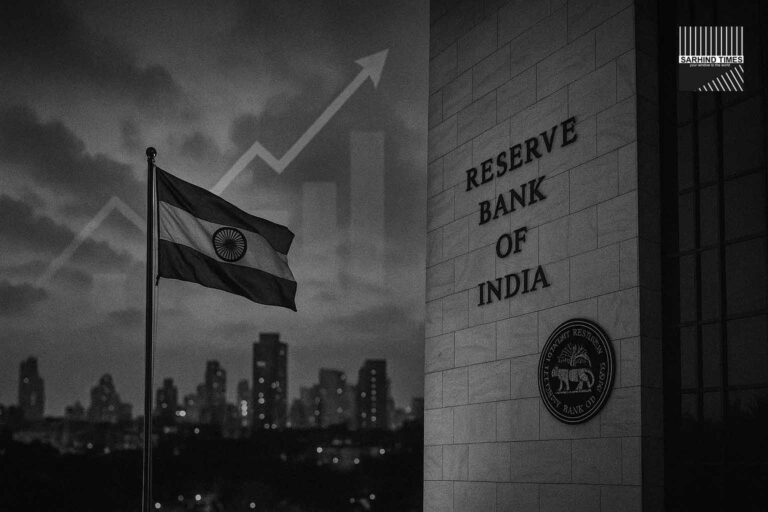


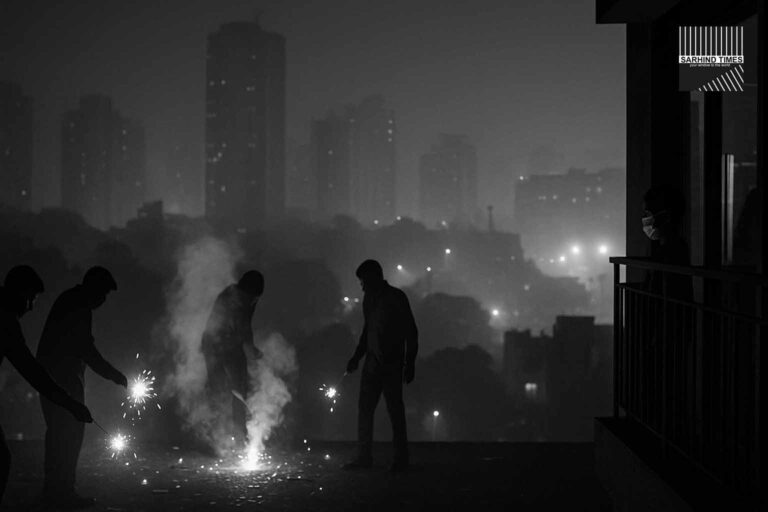
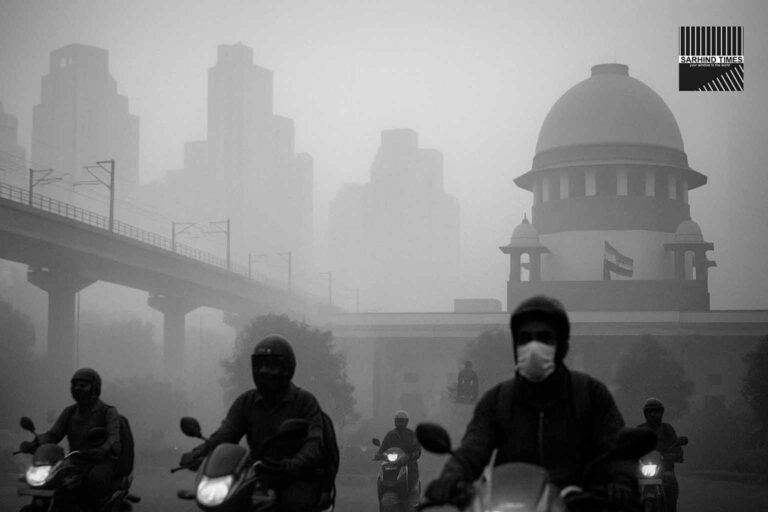


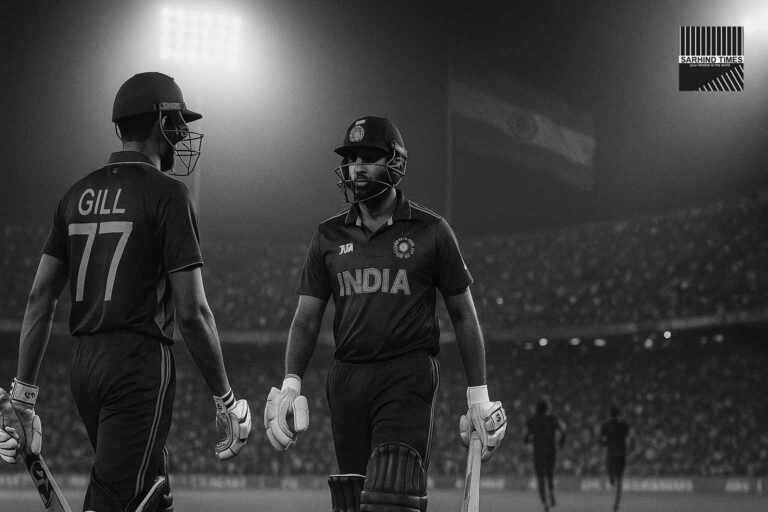
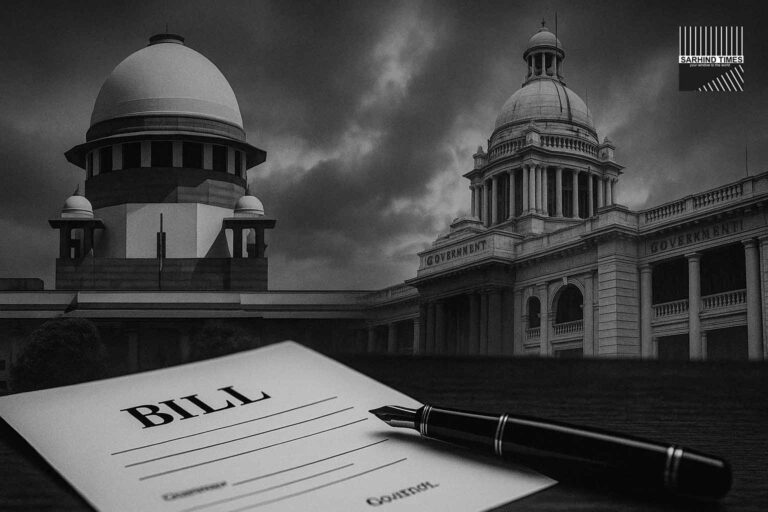
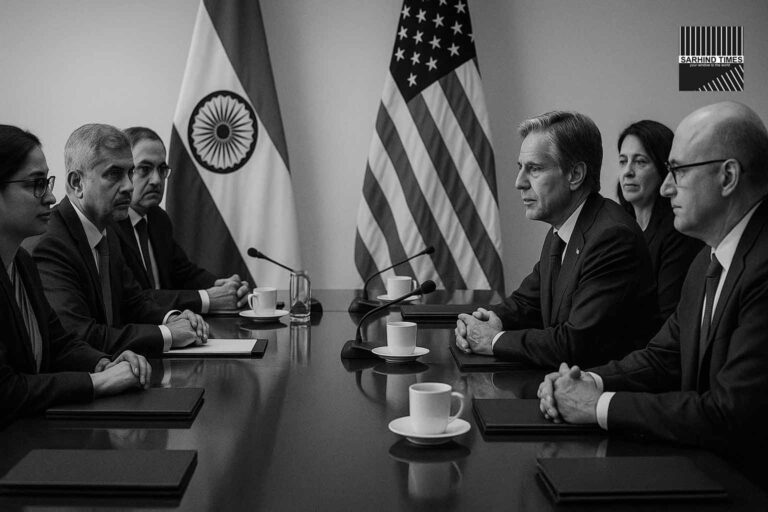
+ There are no comments
Add yours